In order to generate a more inclusive dataset of Pseudomonas genes mapped to putative in-paralogs and putative orthologs in other Pseudomonas species/strains, we developed a Pseudomonas Orthologous Groups classification system.
To generate ortholog groups, pair-wise DIAMOND searches were run on all genomes in the database to find reciprocal best hits (RBHs) for each gene. These analyses often resulted in multiple candidate genes for RBH status, which were narrowed down by examining the similarity between the query's flanking genes and the hit's flanking genes. If two candidate genes were directly adjacent, they where both accepted as RBHs that involve putative in-parology.
Pairwise intra-genome DIAMOND searches were also performed to acquire in-paralog information (i.e. gene duplications occurring after species divergence). If two genes in one genome were reciprocally more similar to each other than to any gene in the other genomes, the two genes were designated putative in-paralogs. Ortholog groups are built by starting with a seed gene and then adding all genes to which there is a RBH or in-paralog relationship.
Every new gene added to an ortholog group was then treated as a seed gene and the addition process was repeated until all qualifying genes had been added. The result was the development of orthologous groups, specifically generated for Pseudomonas species genomes, which can be used to sort search results.
Pseudomonas Ortholog Group POG003479
| Strain | Locus Tag | Description | Same-Strain Members | Fragment ? | |
|---|---|---|---|---|---|
| Pseudomonas aeruginosa 3575 | AJ62_05892 |
peptidase C39
|
2 same-strain members: AJ62_04562 AJ62_05892 |
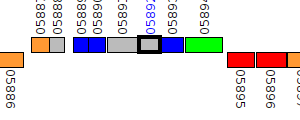
|
|
| Pseudomonas aeruginosa 3576 | AJ63_04681 |
peptidase C39
|
2 same-strain members: AJ63_04681 AJ63_05168 |
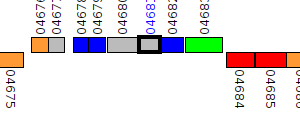
|
|
| Pseudomonas aeruginosa 3576 | AJ63_05168 |
peptidase C39
|
2 same-strain members: AJ63_04681 AJ63_05168 |
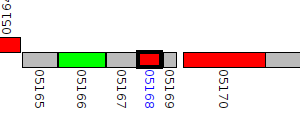
|
|
| Pseudomonas aeruginosa 3577 | AJ64_04800 |
peptidase C39
|
2 same-strain members: AJ64_01622 AJ64_04800 |
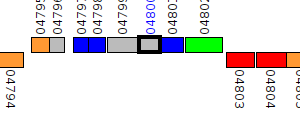
|
|
| Pseudomonas aeruginosa 3577 | AJ64_01622 |
peptidase C39
|
2 same-strain members: AJ64_01622 AJ64_04800 |
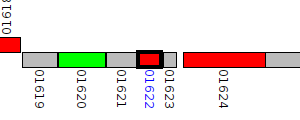
|
|
| Pseudomonas aeruginosa 3580 | AJ67_03370 |
peptidase C39
|
2 same-strain members: AJ67_03370 AJ67_05726 |
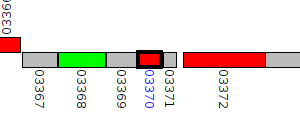
|
|
| Pseudomonas aeruginosa 3580 | AJ67_05726 |
peptidase C39
|
2 same-strain members: AJ67_03370 AJ67_05726 |

|
|
| Pseudomonas aeruginosa 3581 | AJ68_01017 |
peptidase C39
|
2 same-strain members: AJ68_01017 AJ68_05087 |

|
|
| Pseudomonas aeruginosa 3581 | AJ68_05087 |
peptidase C39
|
2 same-strain members: AJ68_01017 AJ68_05087 |

|
|
| Pseudomonas aeruginosa 39016 - Assembly GCF_000148745.1 | PA39016_002410038 |
peptidase C39
|
2 same-strain members: PA39016_002410038 PA39016_003100006 |
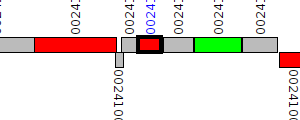
|
|
| Pseudomonas aeruginosa 39016 - Assembly GCF_000148745.1 | PA39016_003100006 |
peptidase C39
|
2 same-strain members: PA39016_002410038 PA39016_003100006 |
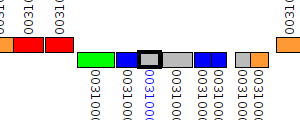
|
|
| Pseudomonas aeruginosa 6077 | Q011_02870 |
peptidase C39
|
2 same-strain members: Q011_02613 Q011_02870 |
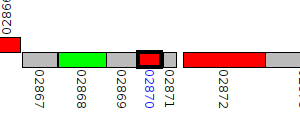
|
|
| Pseudomonas aeruginosa 6077 | Q011_02613 |
peptidase C39
|
2 same-strain members: Q011_02613 Q011_02870 |
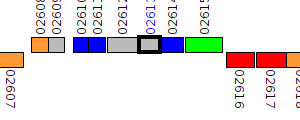
|
|
| Pseudomonas aeruginosa 62 - Assembly GCF_000482025.1 | P997_00582 |
peptidase C39
|
2 same-strain members: P997_00582 P997_00785 |

|
|
| Pseudomonas aeruginosa 62 - Assembly GCF_000482025.1 | P997_00785 |
peptidase C39
|
2 same-strain members: P997_00582 P997_00785 |

|
|
| Pseudomonas aeruginosa 9BR | GW5_RS0109600 |
peptidase C39
|
2 same-strain members: GW5_RS0109600 GW5_RS0110620 |

|
|
| Pseudomonas aeruginosa 9BR | GW5_RS0110620 |
peptidase C39
|
2 same-strain members: GW5_RS0109600 GW5_RS0110620 |
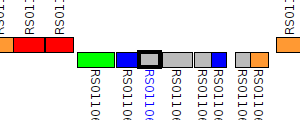
|
|
| Pseudomonas aeruginosa AZPAE12140 | NQ02_RS24855 |
peptidase C39
|
2 same-strain members: NQ02_RS24855 NQ02_RS26740 |

|
|
| Pseudomonas aeruginosa AZPAE12140 | NQ02_RS26740 |
peptidase C39
|
2 same-strain members: NQ02_RS24855 NQ02_RS26740 |
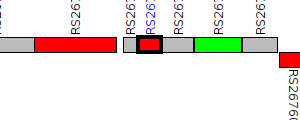
|
|
| Pseudomonas aeruginosa AZPAE12145 | NQ06_RS24680 |
peptidase C39
|
2 same-strain members: NQ06_RS24680 NQ06_RS29350 |

|